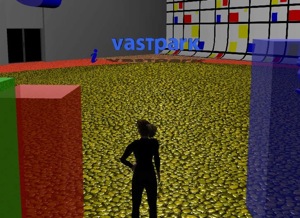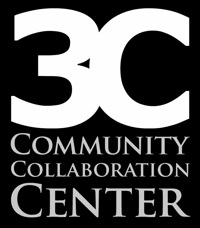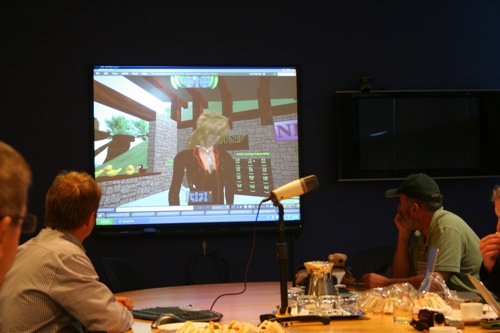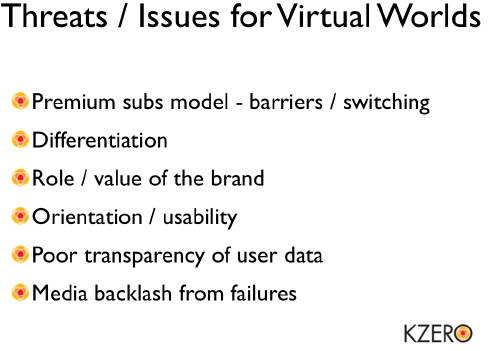 Serge Soudoplatoff is a French entrepreneur and VastPark investor I had the opportunity of spending a morning with on his recent Australian visit. He has written an interesting piece comparing Second Life and VastPark from an IT architecture viewpoint. There’s not a lot to disagree with, but I do wonder whether VastPark is going to gain the momentum it needs to ensure its arguably superior architecture gets the widespread adoption it may deserve.
Serge Soudoplatoff is a French entrepreneur and VastPark investor I had the opportunity of spending a morning with on his recent Australian visit. He has written an interesting piece comparing Second Life and VastPark from an IT architecture viewpoint. There’s not a lot to disagree with, but I do wonder whether VastPark is going to gain the momentum it needs to ensure its arguably superior architecture gets the widespread adoption it may deserve.
It’s an increasingly aging comparison, but it’s like the VHS vs Beta days – in the end it comes down to popularity and in that respect, VastPark currently isn’t in the game when compared to Second Life. The test for the underdog is to secure that first big win in market share – it’s a strategy I have no doubt is being explored by VastPark in parallel with the very methodical approach to development displayed over recent years. Not that it should be a linear competition: it’s the ability for any company to offer a highly interoperable platform that’s likely to have ongoing success.
Additionally, I don’t believe VastPark see themselves in the ‘keeper of the world’ role that Linden Lab occupies. In that respect, Metaplace is probably a better comparison, with the end-user purchasing a world and using the supplied tools and plugins to create. Second Life certainly has content creation at its core, but Linden Lab also run the ‘government’ and economy, with the myriad of ramifications that has. VastPark will no doubt have it’s own terms of service, but I’d be surprised if they don’t have a different focus than Linden Lab’s.
Without wanting to sound like a fence-sitter, both VastPark and Second Life have incredible things to offer. Hopefully both will provide key components for an ever-improving virtual worlds experience. The only certainty is that neither will do it on their own.






Recent Comments